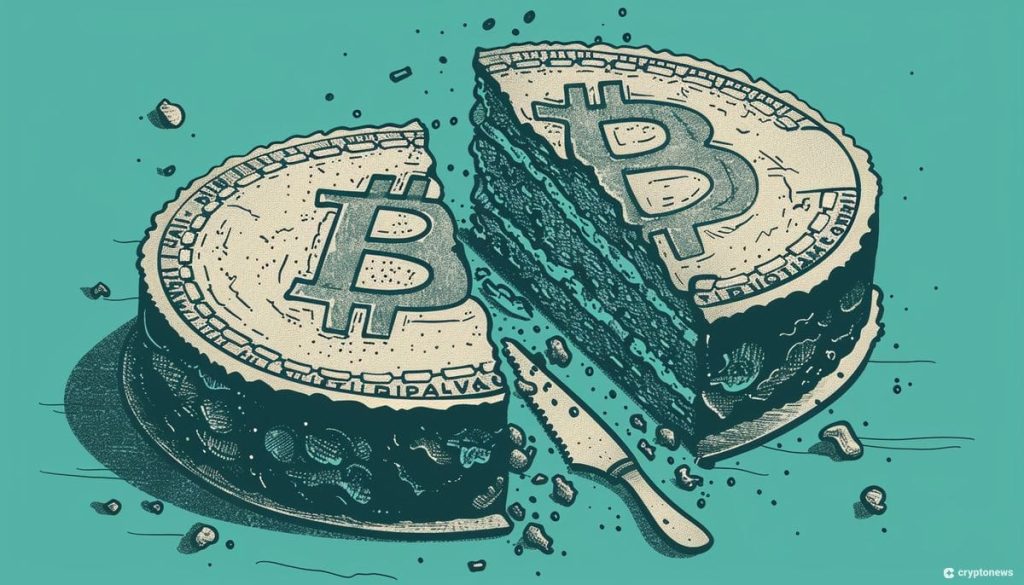Since the fourth Bitcoin halving, miners have seen a decrease in Bitcoin issuance from 900 to 450 per day, resulting in a spike in daily revenue to over $100 million. This increase was attributed to record-high transaction fees of $80 million, representing 75% of total miner revenue that day. The issuance of new Bitcoin per block has been cut in half to 3.125 Bitcoin, leading to only 450 new Bitcoins being issued per day on average. Despite the initial spike in revenue, daily revenue has since declined to around $50 million, a 35% drop from the record-high levels before the halving.
It is still too early to determine the long-term impact of the halving on the network hashrate, as miners seem to be operating at the same rate as before. The total network hashrate has remained flat to slightly higher at a rate of 617 EH/s. Hashrate is a measure of how many hashes are generated per second and can indicate the popularity and competitiveness of a cryptocurrency. The high network hashrate and lower miner revenues post-halving have led to a decrease in hashprice for miners, which is now at $0.07 per TH/s, the lowest since October 2023.
Before the next halving in 2024, Bitcoin experienced a rally in price. Since the beginning of the year, Bitcoin’s price surged by 52%, and over the past twelve months, it recorded a 134% increase. The cryptocurrency reached a peak on March 13, 2024, setting a new record high at $73,605. The increase in price and revenue may be attributed to the halving reducing Bitcoin issuance and the subsequent spike in transaction fees. Despite the decline in daily revenue post-halving, miner operations seem to be running as usual, with no significant changes in the network hashrate.
The spike in revenue and transaction fees following the halving highlights the impact of supply reduction on the Bitcoin market. With only 450 new Bitcoins being issued per day on average, miners have seen a decrease in daily revenue compared to pre-halving levels. The decline in revenue has led to a drop in hashprice for miners, but the network hashrate remains stable, indicating continued interest and competitiveness in mining operations. The price rally before the 2024 halving further underscores the market’s response to Bitcoin’s reduced issuance and increasing demand for the cryptocurrency.


